The Federal Battery Rebate Incentive is Now Available
The Federal Battery Rebate Incentive is Now Available
Posted 30 Nov
Australia has some of the best sunshine in the world, this is why we are known for our agriculture and farming, even locally throughout New South Wales. Depending on what kind of farm it is, farms can take full advantage of solar photovoltaic energy and actually combine this with agricultural activities. This is called Agrivoltaics.
Agrivoltaics (or agrisolar) refers to the combination of solar photovoltaic (PV) generation with farming and agricultural operations to benefit each other.
Under the harsh Australian sunshine, solar PV can not only be rooftop-mounted, but installed on ground-mounted systems in paddocks and larger amounts of space.
The installation of ground mount solar systems offer both energy and livestock benefits for the ultimate combination.
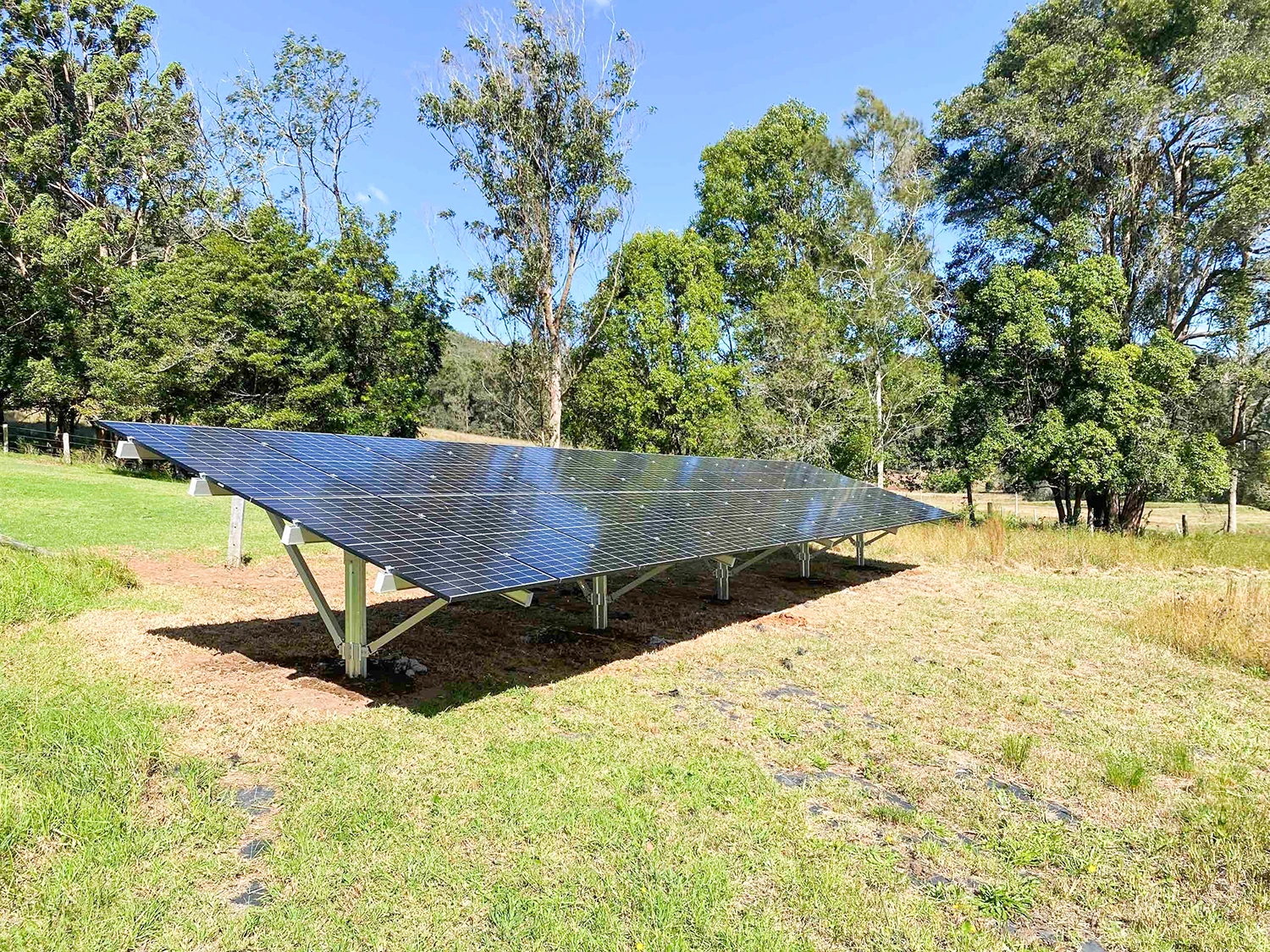
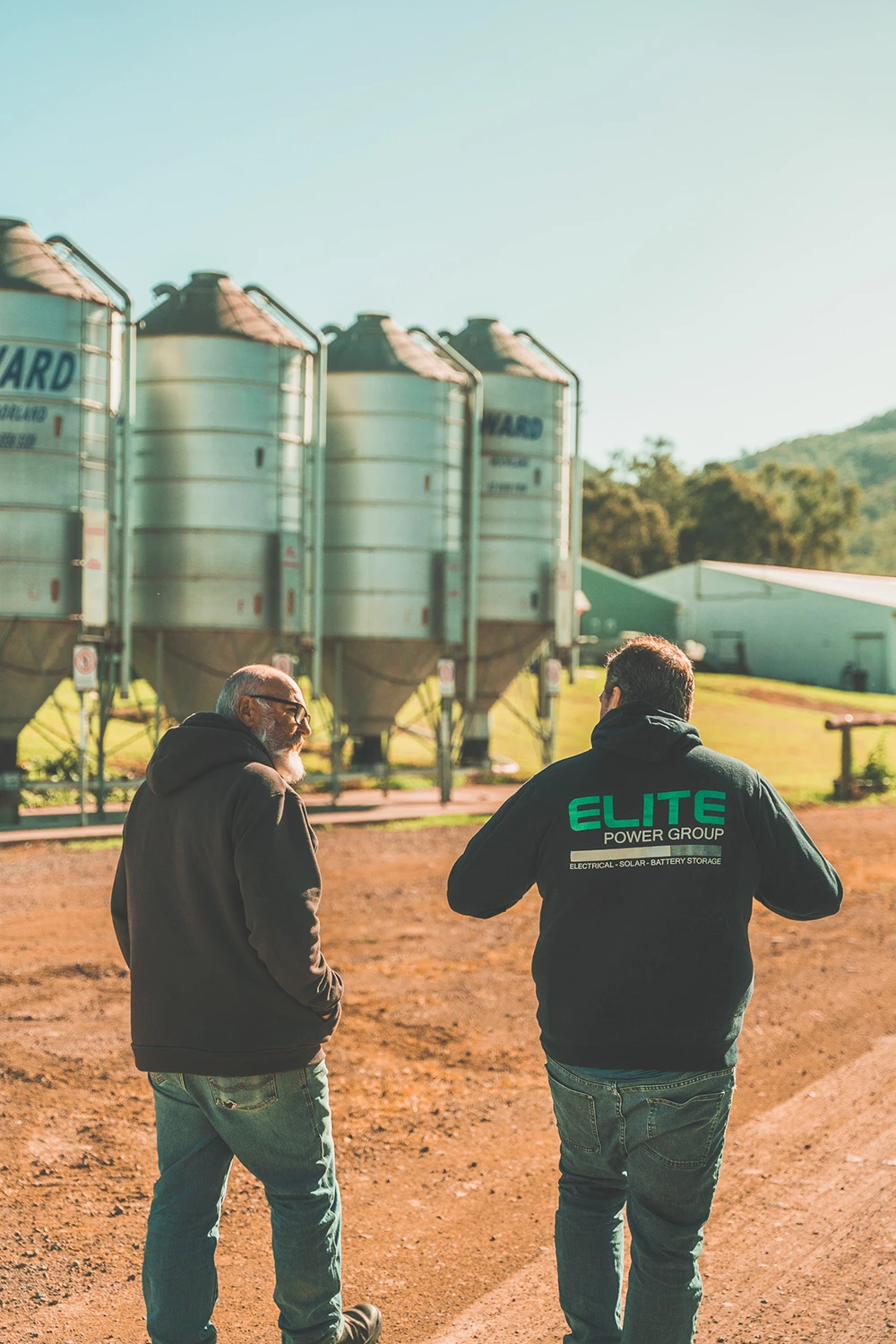
The combination of solar PV systems and agriculture offers several benefits for property owners and livestock.
One benefit includes the efficient use of land. Installing a ground-mounted solar system allows for efficiency of free and occupied land with the addition of renewable energy generation.
Adding a ground-mounted system in an agricultural area can be beneficial for farms with limited space where land is expensive or not worth it.
Farm owners can additionally benefit by reducing water evaporation due to the shade from the ground solar system, reducing the requirements for heavy irrigation and water conserving efforts.
With a world moving towards renewable energy, grid electricity prices will continue to fluctuate which can negatively impact your business.
Being able to power day-to-day operations with sustainable energy, a solar system could help offset your heavy grid energy reliance, whilst also providing other various benefits like increased shade and remote system flexibility.
Deciding on whether your farm could benefit from solar power really depends on your overall consumption, production times, equipment, and budget.
We offer free energy assessments to help farms find the ideal energy solutions.
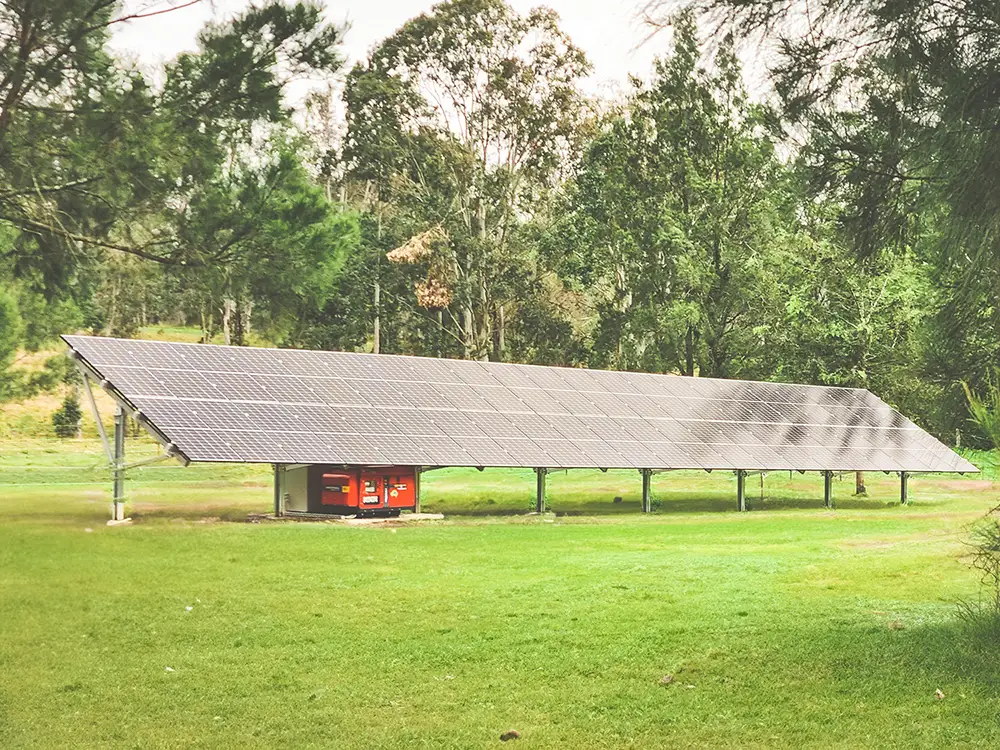
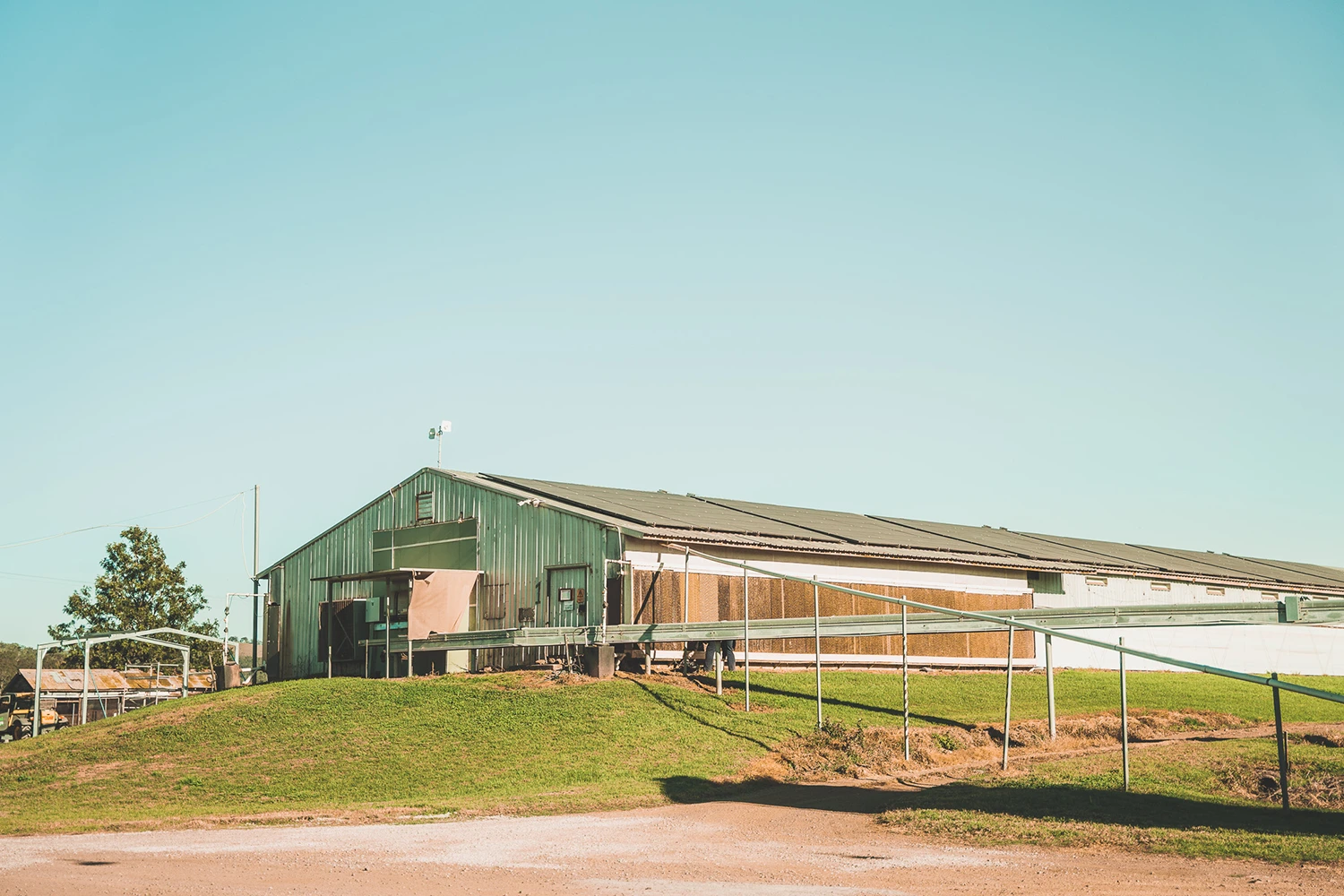
Farming can range in productions, from dairy farms, to poultry farms, to general livestock, which all generally needs a lot of electricity to stay operational.
Investing in solar power can enable elements like irrigation systems, farming equipment, cooling and heating, livestock facilities, and lighting to name a few.
Battery storage is also a great way to avoid consuming expensive grid electricity during on-peak periods. They also act as a backup source of energy during grid outages which can slow or halt your production line.
The choice of crops in agrivoltaics systems is crucial, as some crops are more suited to grow in shaded conditions than others. Typically, plants that thrive in partial shade, such as certain vegetables, herbs, and some fruit trees, are well-suited for agrivoltaics setups. Careful planning and monitoring are necessary to optimise crop selection, spacing, and solar panel configuration to ensure the best results in the Australian landscapes.
In Australia there are huge tracts of farming land which are located in regions with excellent solar resources. The burgeoning need for large areas of land to generate renewable energy need not conflict with the business of the day, farming. The combination of agricultural and energy generating activities can be symbiotic if carefully planned.
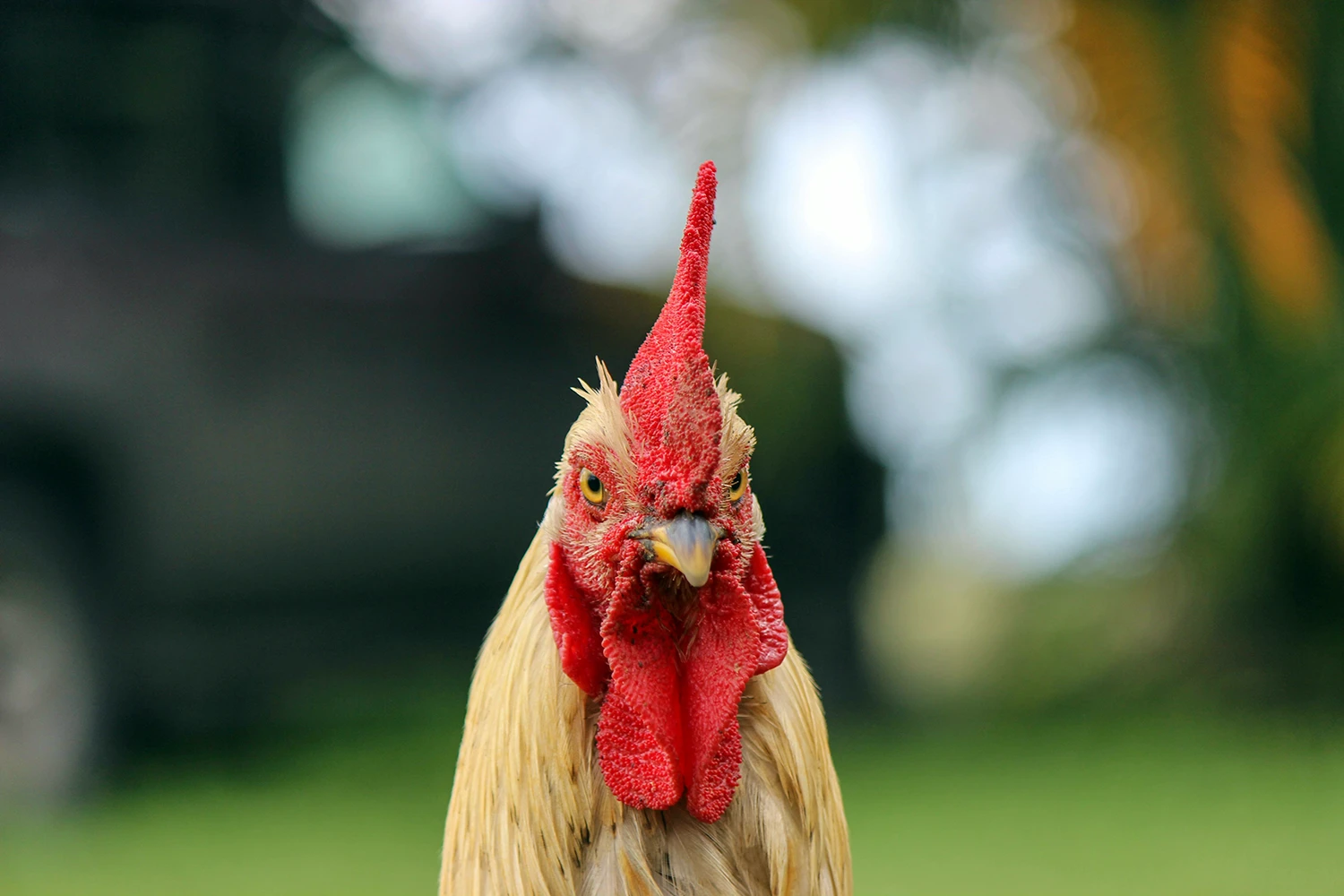
Small animals such as sheep and chickens can be ranged beneath solar modules for an optimal agrisolar system, and to graze on suitable grass.
The animal manure can act as a soil fertiliser and the animal grazing can prevent undergrowth interfering with PV generation activities.
Ease of animal movement to fresh areas using array structures as fencing elements prevents overgrazing. Some experimental work suggests that a green ground cover reflects less infrared heat than bare ground, enhancing PV module thermal performance to a small but useful degree. Commonly used bifacial PV modules perform well with green grass albedo.
Under the heading of animal grazing, we can include apiculture activities. The energy that a typical beehive population expends in cooling the hive during hot weather is considerable and must detract from pollen foraging activities. Solar shading mitigates this energy expenditure.
This is in the area of Agrivoltaics, expertise of plant biologists and research may develop plant strains optimised for the shade environment, whether that environment is that of fixed tilt solar panel arrays or diurnal east west tracking arrays. Utilising elements of the array structure as trellises might be an option for particular crops.
Because of the computer control over tilt angle (with east west tracking arrays in Australia), research may find optimum tilt algorithms to advantage plant growth at particular growth stages with minimal impact on PV production. In any case farmers and solar owners can strike agreements to advantage both parties in compromise situations.

From the above, it is obvious that there are rich areas for research to best use the land in dual use Agrivoltaics scenarios. Landowners can remain farmers with considerable additional income from hosting solar energy farming without affecting any production.
Agrivoltaics is an innovative approach that combines renewable Australian energy generation with sustainable agriculture, offering a potential solution for land and water resource management while addressing climate change and promoting food and energy security. Research and pilot projects are needed in the many different aspects of agrivoltaics to further refine the design, economics, and implementation of these systems.
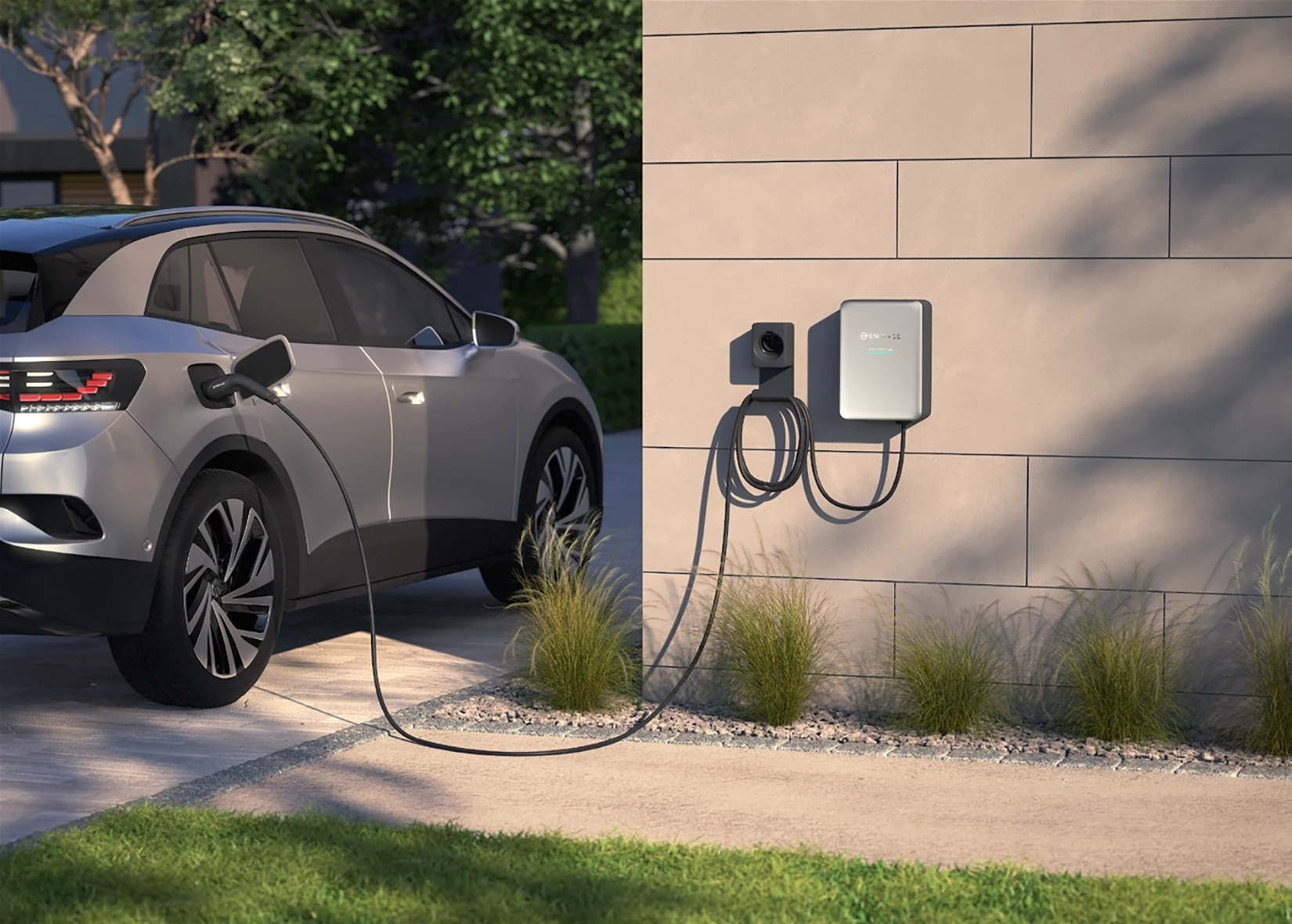
Explore upcoming & available bidirectional V2G-capable chargers in Australia from V2Grid, RedEarth, Sigenergy, Enphase, Tesla, and Fronius EV charging.

Compare the difference between Sungrow's SBH and SBR battery storage vs. BYD Battery-Box and find what battery is better for homes or businesses in NSW.
Leave a Comment